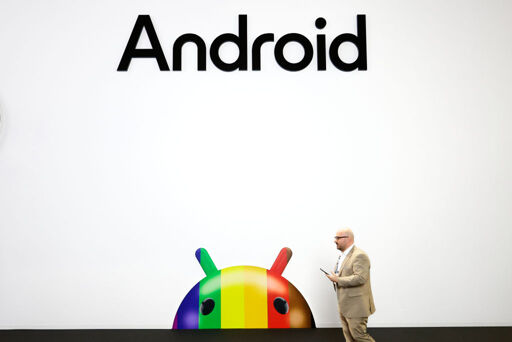- cross-posted to:
- technology@lemmy.world
- cross-posted to:
- technology@lemmy.world
Google’s Android, the world’s most widely used mobile operating system, started life as open-source software. In its quest for ever-greater profits, the tech giant has been gradually eroding Android’s open-source nature over the last decade.
Originally published on The Lever, but that one asks you to sign up.



The last time I checked, a Linux smartphone was in the works, but still had quite a ways yet to go . . .
The year of the linux phone is almost upon us…
Sailfish works quite well. Especially if you are not heavily using privacy-hostile apps (it has Android emulation, so things like OSMand or public transport apps run well). Quite neat. I have been programming mine in Guile, and I also have a Sailfish PDA with a physical keyboard.
What you have to do is to think hard is what you really want from a phone or pocket computer .
Isn’t that proprietary? So not really an alternative, even if it is so-called “Real Linux” for the Linux fanboys.
Some of the UI isn’t open, otherwise it is Qt / Wayland / pyside with stsndard pkcon / rpm package manager and I program mine in Guile.
And the UI isn’t the serious issue. The serious issue is propietary firmware which prevents you from really running Android / whatever on a vendor phone and also that a phone does not have one but around five different processors and only the “OS” one can be controlled by your own software. An Intel Pocket PC is far better in that regard, except that it won’t work as a telephone.
How much is some? Can a usable, fully-free version be made without those non-free components? Given that the UI is the thing that mediates user interaction with the OS, I would suggest that a proprietary UI is in fact an issue.
I have been “using” a Pinephone for quite awhile now. However, since it runs Linux, it doesn’t actually work. I have invested many hours and even basic shit like calling does not work 100% of the time, let alone more “complicated” things like a working email client. It just isn’t worth it. I will stick with my Windows 10 Mobile phones for now.
We already have a Linux smartphone OS. It’s called
AndroidAOSP (including GrapheneOS, LineageOS, etc).